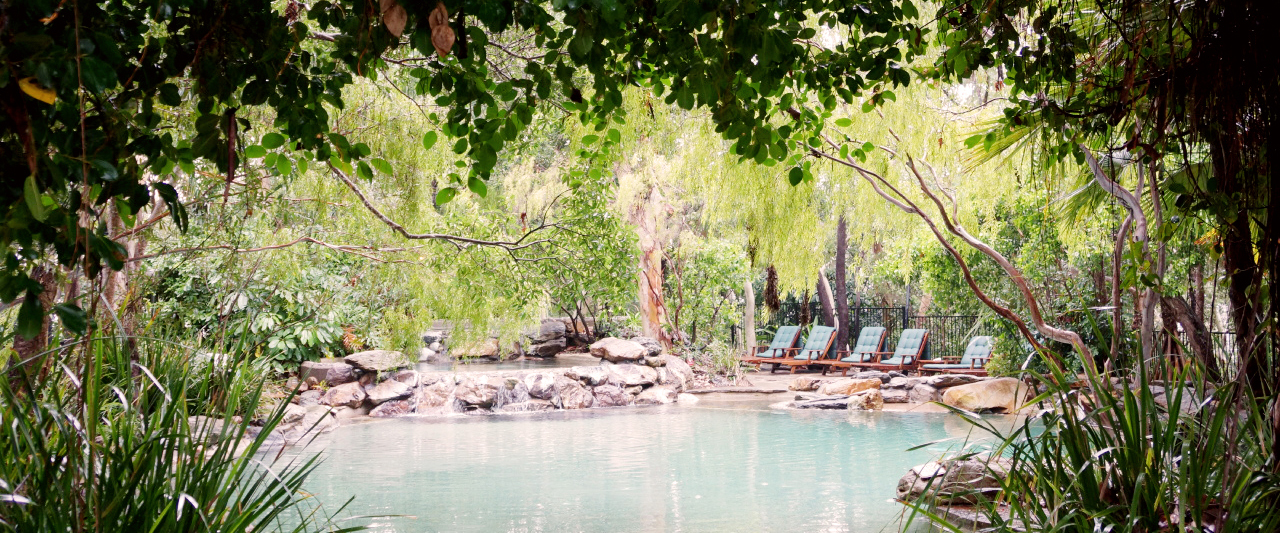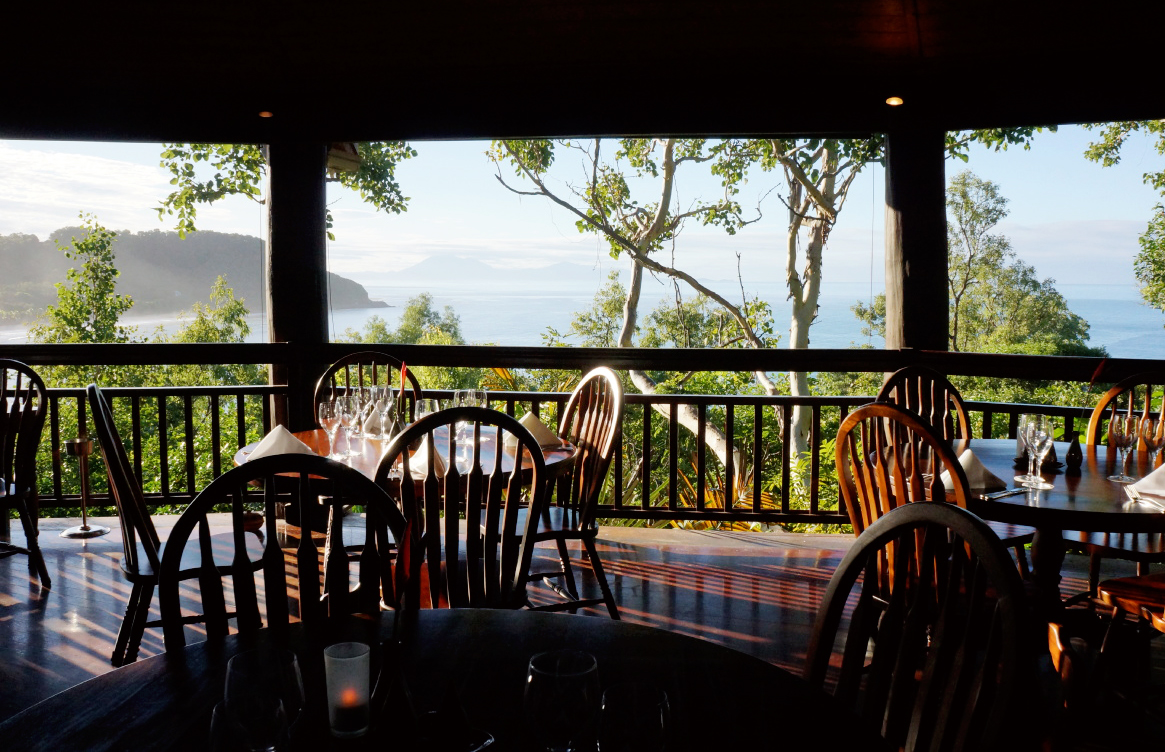
Thala Beach Nature Reserve
If your idea of a relaxing holiday involves lounging about an eco-treehouse immersed in a natural wonderland in the warmth of tropical Far North Queensland, we might just have unearthed your dream spot.
Once a clear-felled sugarcane plantation, the Thala Beach Nature Reserve has been lovingly restored by two Aussies with loads of foresight and even more energy. Their sustainable retreat, which fronts onto a private headland between Cairns and Port Douglas, is now a peaceful forest haven frequented by hundreds of species of native birds and other wildlife. We stayed at Thala Beach as part of our Village Green feature on Port Douglas in Issue 31 and loved the place so much we had to know more. Here, we chat to Thala Beach’s Fiona Harper about the incredible, decades-long transformation.
So Thala Beach was once a rundown sugarcane plantation?
In the early 1970’s Rob and Oonagh Prettejohn purchased the 145-acre peninsula south of Port Douglas. At the time Thala only had 45 acres of original forest. The balance of 100 acres had been cleared and was a degraded, unsustainable sugar cane plantation. Environmental sensitivities were not as they are today, and planning approval at the time would have allowed for a 700-bedroom hotel to be built! Fortunately, as locals with a feel for a low impact on this wonderful environment, this was not Rob and Oonagh’s style.
What did the restoration project entail?
Over a period of 30 years, Rob and Oonagh have shepherded the reestablishment of complex forests on land that was once cleared and devastated by extractive farming. With the return of the forests, wildlife populations have exploded and brought back their pulsating natural energy. Rob and Oonagh planted thousands of indigenous plants to rehabilitate the area and start its return back to a wild natural state. The lodge is built out of sustainable materials, in a low-impact style that does not set out to dominate the surrounding landscape. Some of the staff who were instrumental in those early days of planting vegetation are still working at Thala today.
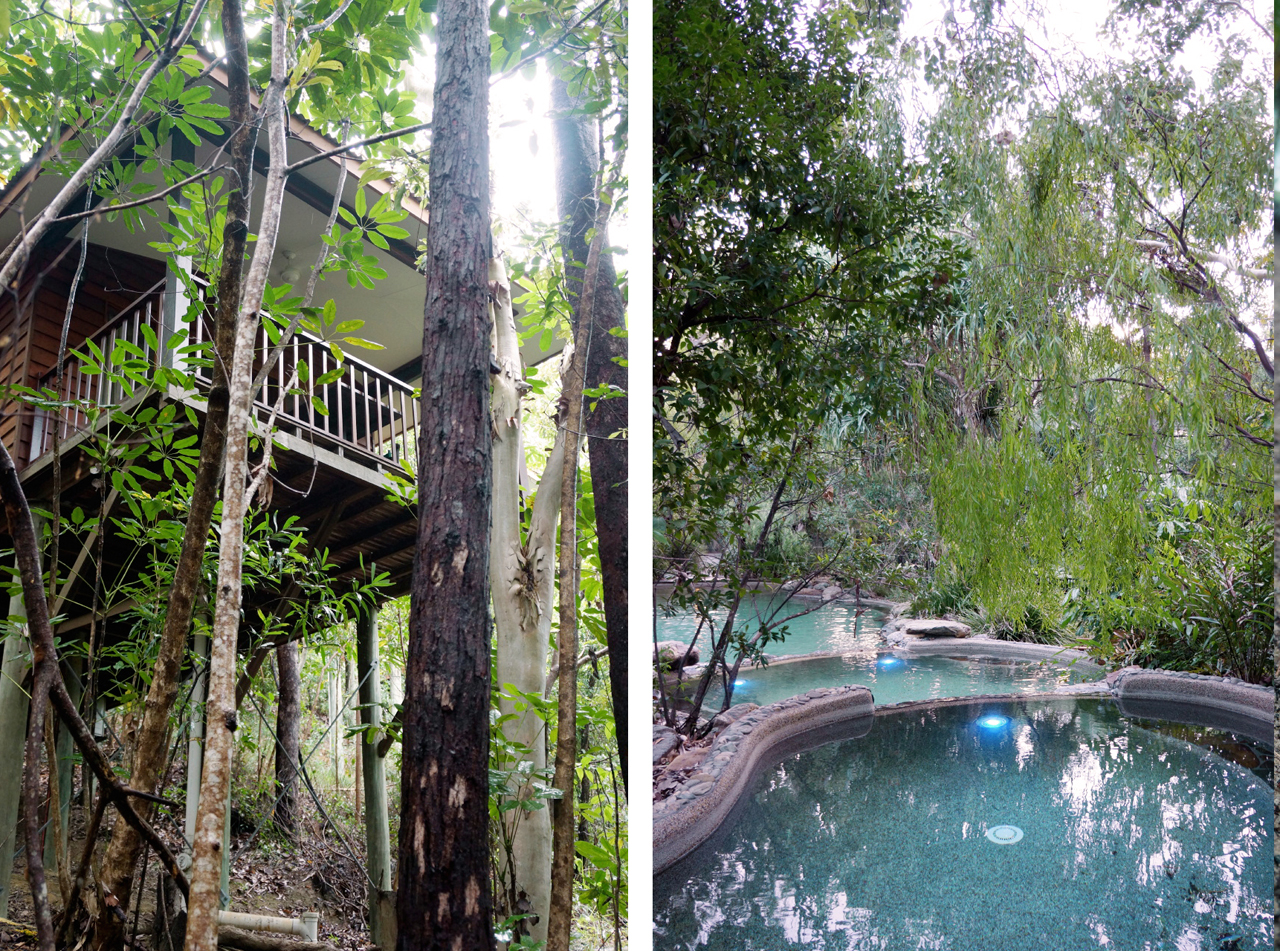
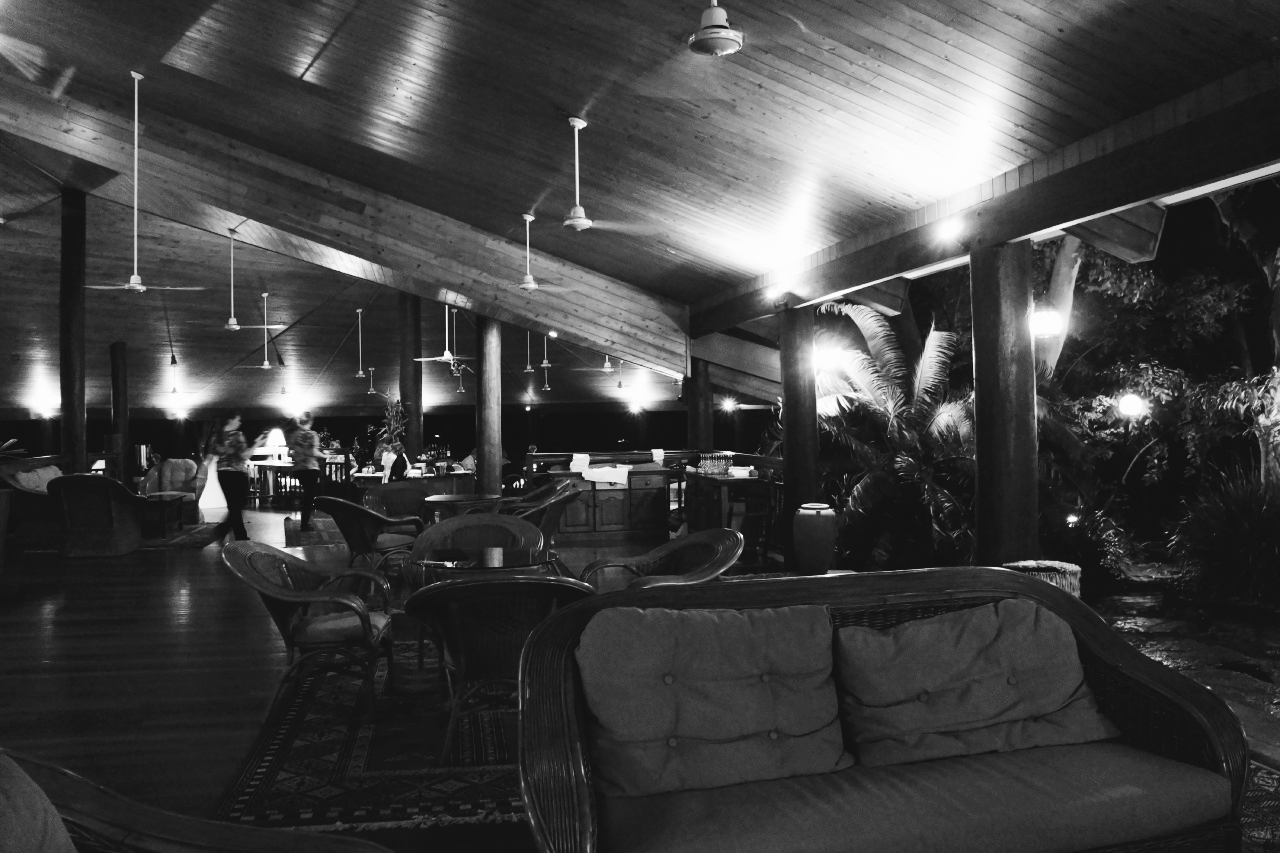
What did you do to encourage so much wildlife back to the area?
Thala’s forest is planted with sustainability in mind, both for the landscape and the wildlife that inhabits it. Plants that attract native birds and butterflies, reptiles, marsupials, insects and amphibians reflect vegetation that is found in nature. About 120 butterfly species and almost 200 bird species have been spotted at Thala. On-site rangers estimate that there are around 50 agile wallabies inhabiting the forest. And turtles, dugongs, dolphins and whales are spotted by eagle-eyed guests from lookout spots on Thala’s headland.
Tell us about Apple the wallaby…
Apple was famous for making unscheduled appearances in Thala’s open-side lobby. Sadly, she passed away in November 2016 after a short illness – and was mourned by travellers from across the globe who were charmed by her gentle nature. The joey Apple had in her pouch at the time was saved and has since been cared for by wildlife carers. This joey is named Coco and is now in ‘soft release’, in preparation for his eventual return to the wild.
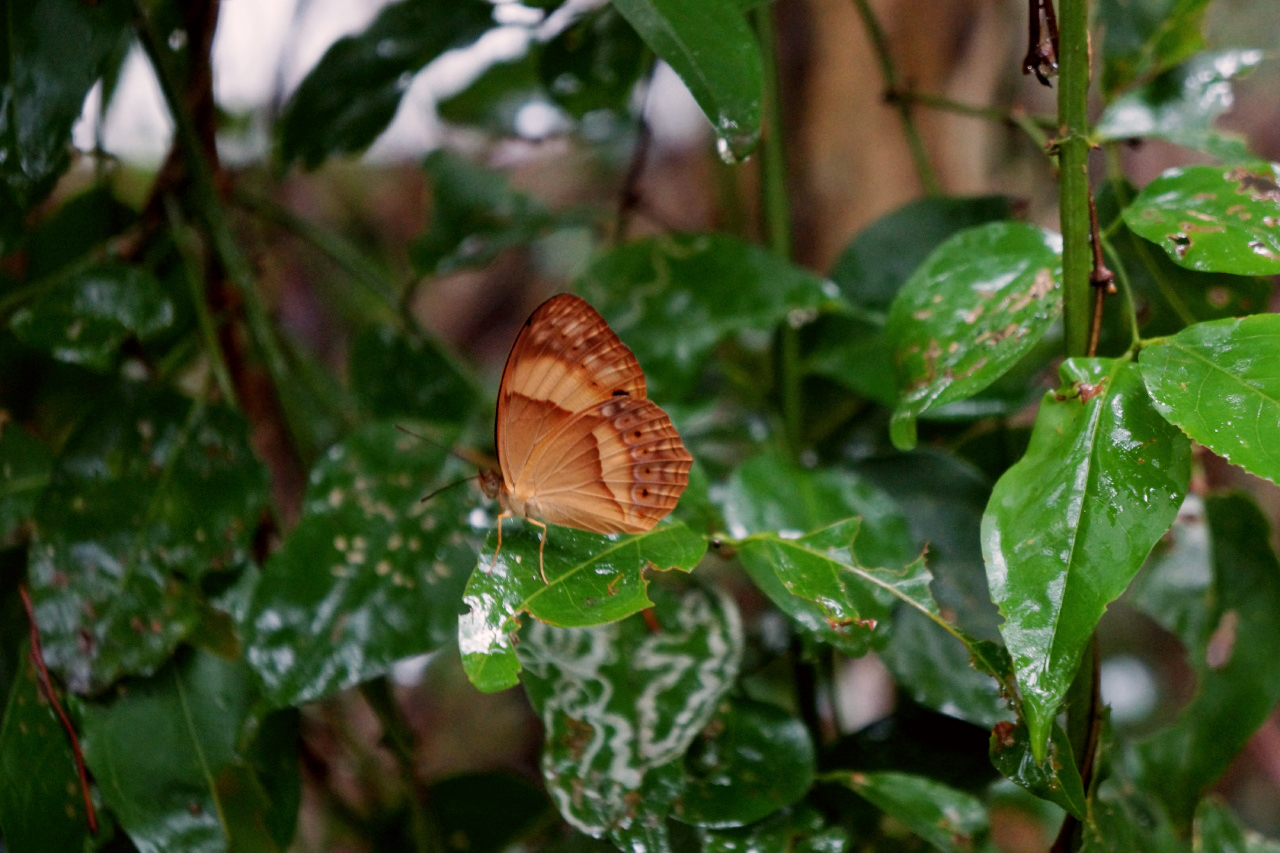
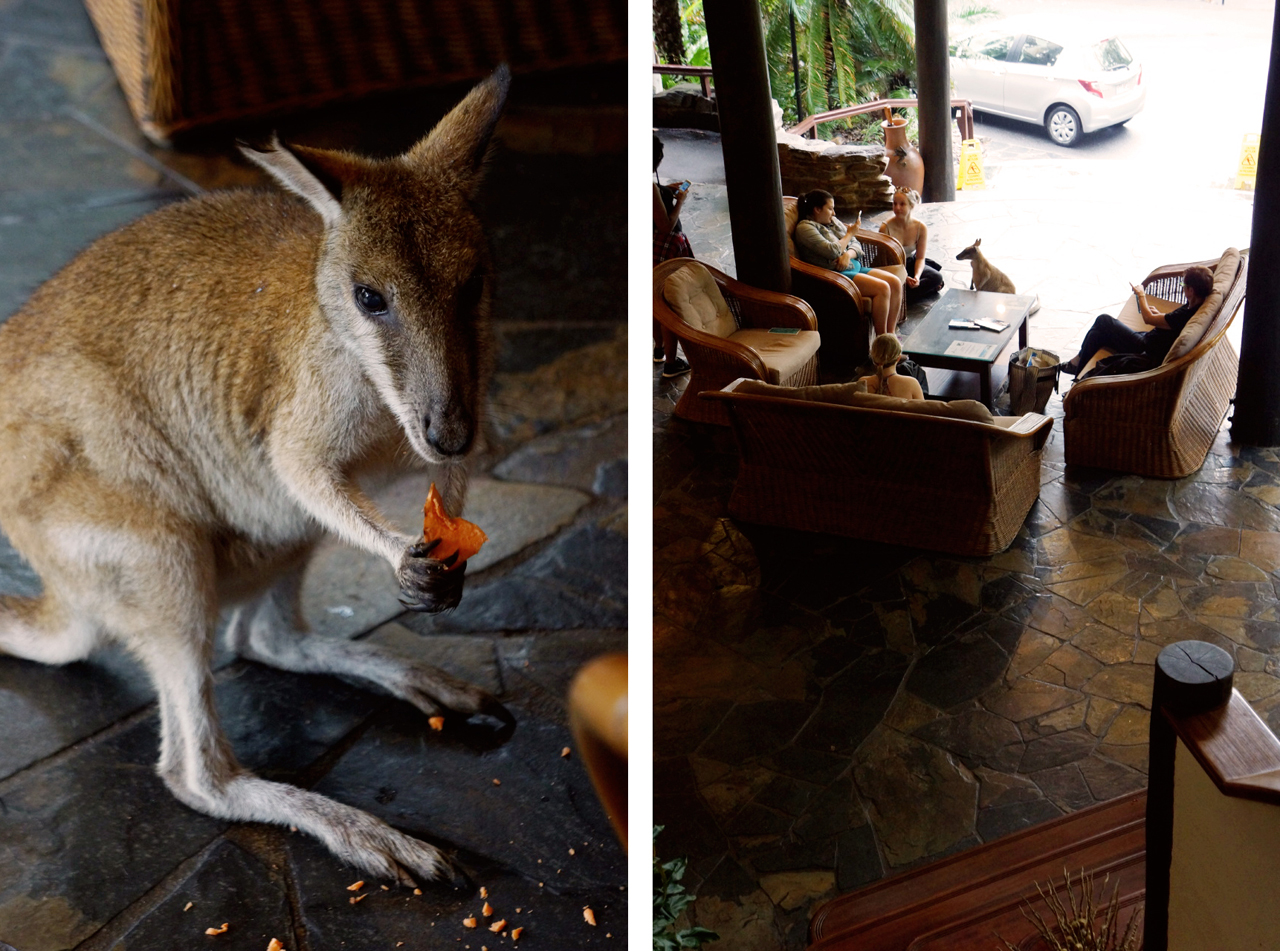
How do you balance the influx of tourists with the need to be environmentally sustainable in such a sensitive area?
Thala has the highest Advanced Ecotourism accreditation for maximising informative and meaningful experiences, whilst enhancing the local environment. The Thala experience also adheres to global principals of ecotourism. All accommodation is bungalow style, raised on poles above the forest floor and designed for minimal impact on the landscape, which adheres to advanced ecotourism principles. Louvre windows, large open decks and high ceilings minimise the use of air conditioners, and bungalows highest on the ridge enjoy ocean views along with cooling ocean breezes.
What kinds of experiences do you offer guests?
Daily tours are run by onsite rangers with an intimate knowledge of the forest and coconut plantation. Beach discovery walks, nature and garden walks, bird and butterfly walks, along with a coconut odyssey tour and stargazing odysseys, are all available and complimentary for in-house guests. On Monday nights, elders from the Kuku Yalanji people visit Thala for a cultural presentation and didgeridoo demonstration.
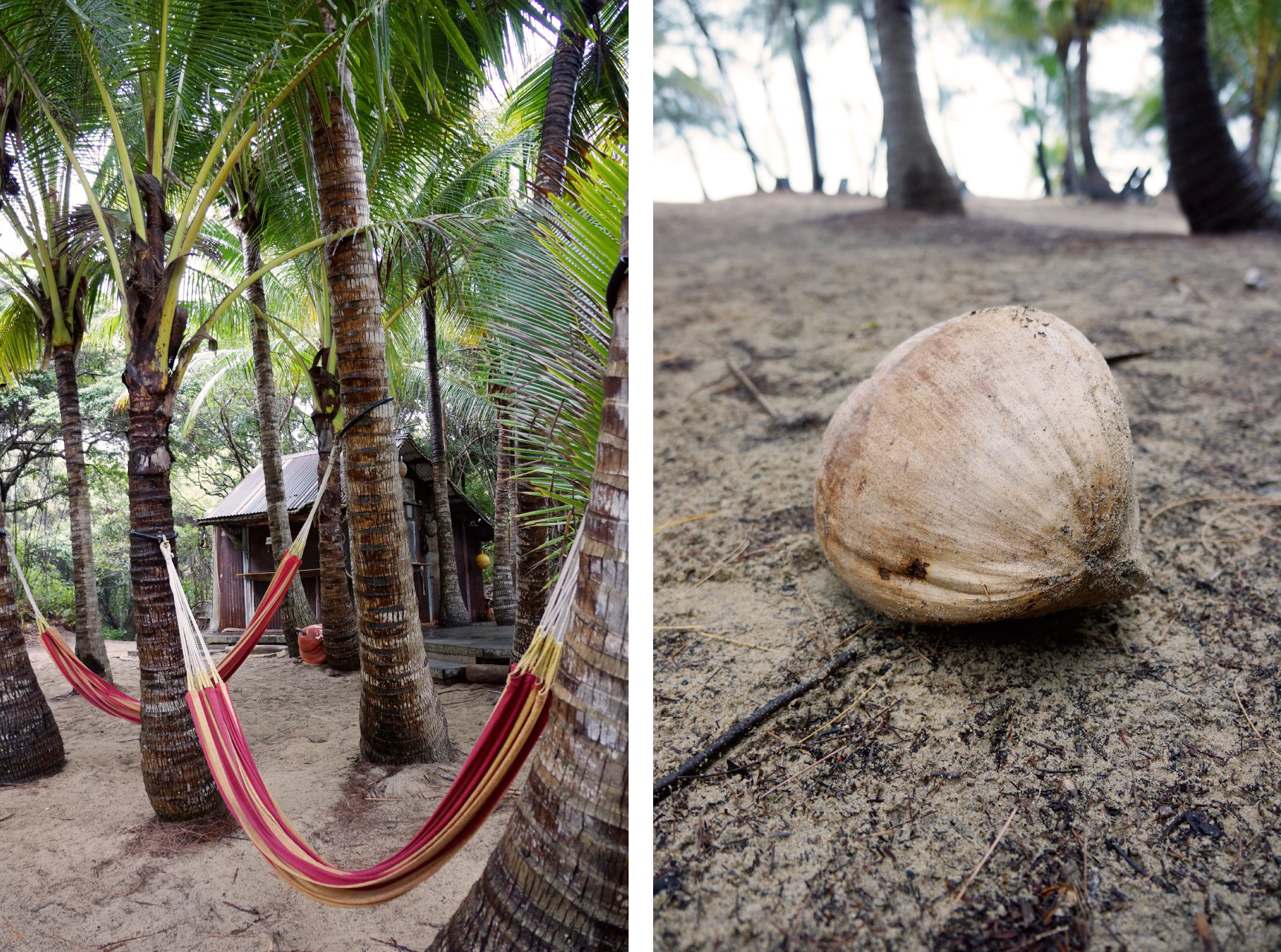
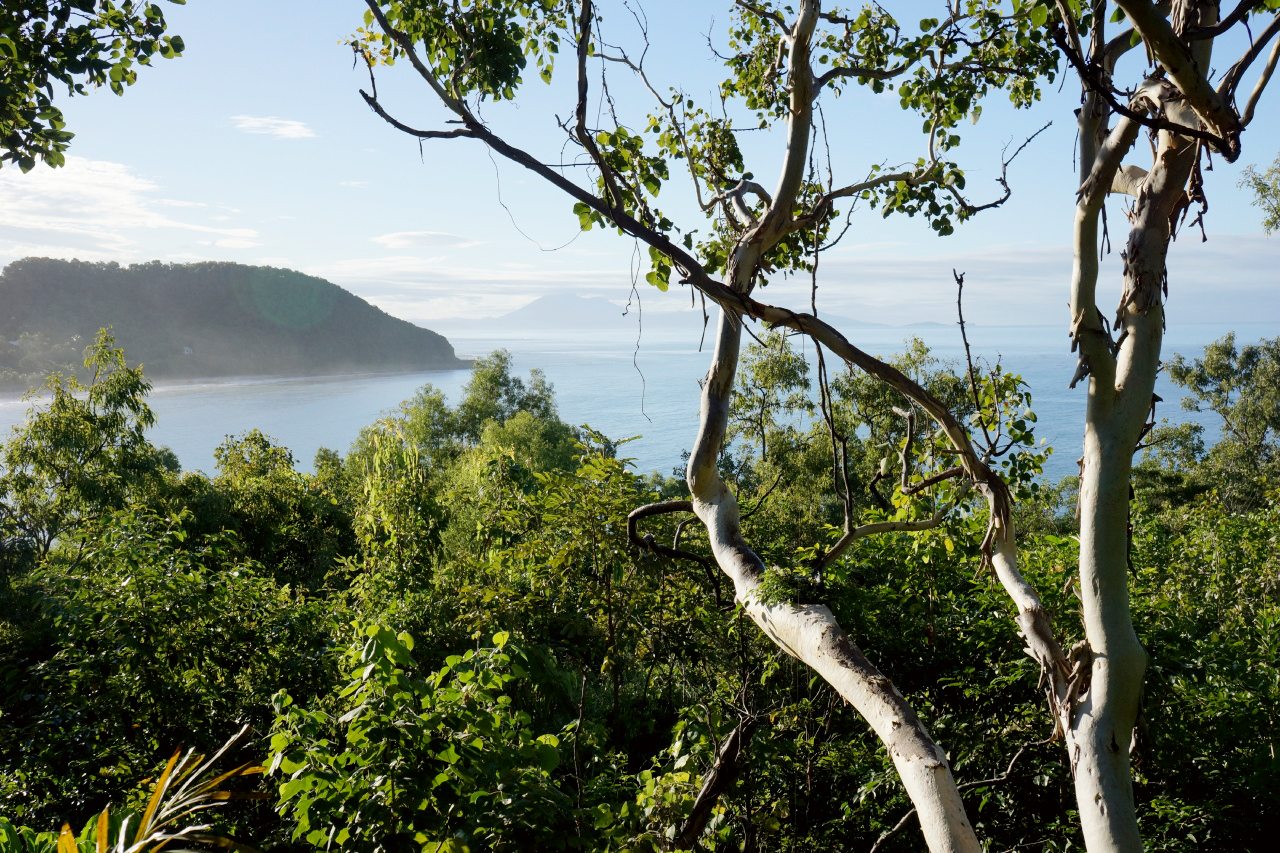
What’s your favourite spot?
I love sitting in the chairs at either the Dugong or Turtle Lookout, which face northwards over the sea. Whether spotting wildlife in the sea or just enjoying the view towards Cape Tribulation, it’s a quiet spot for gentle reflection. Hanging out in a hammock slung between palm trees on Oak Beach is another favourite spot.
What’s one insider secret visitors might not know?
I’d say the open-sided pavilion-style Osprey’s Restaurant offers probably the best restaurant view in north Queensland! Particularly for breakfast when the rising sun plays golden light upon forest-clad mountains, and rainbow lorikeets compete with lace monitor lizards to bathe in the treetop bird bath.
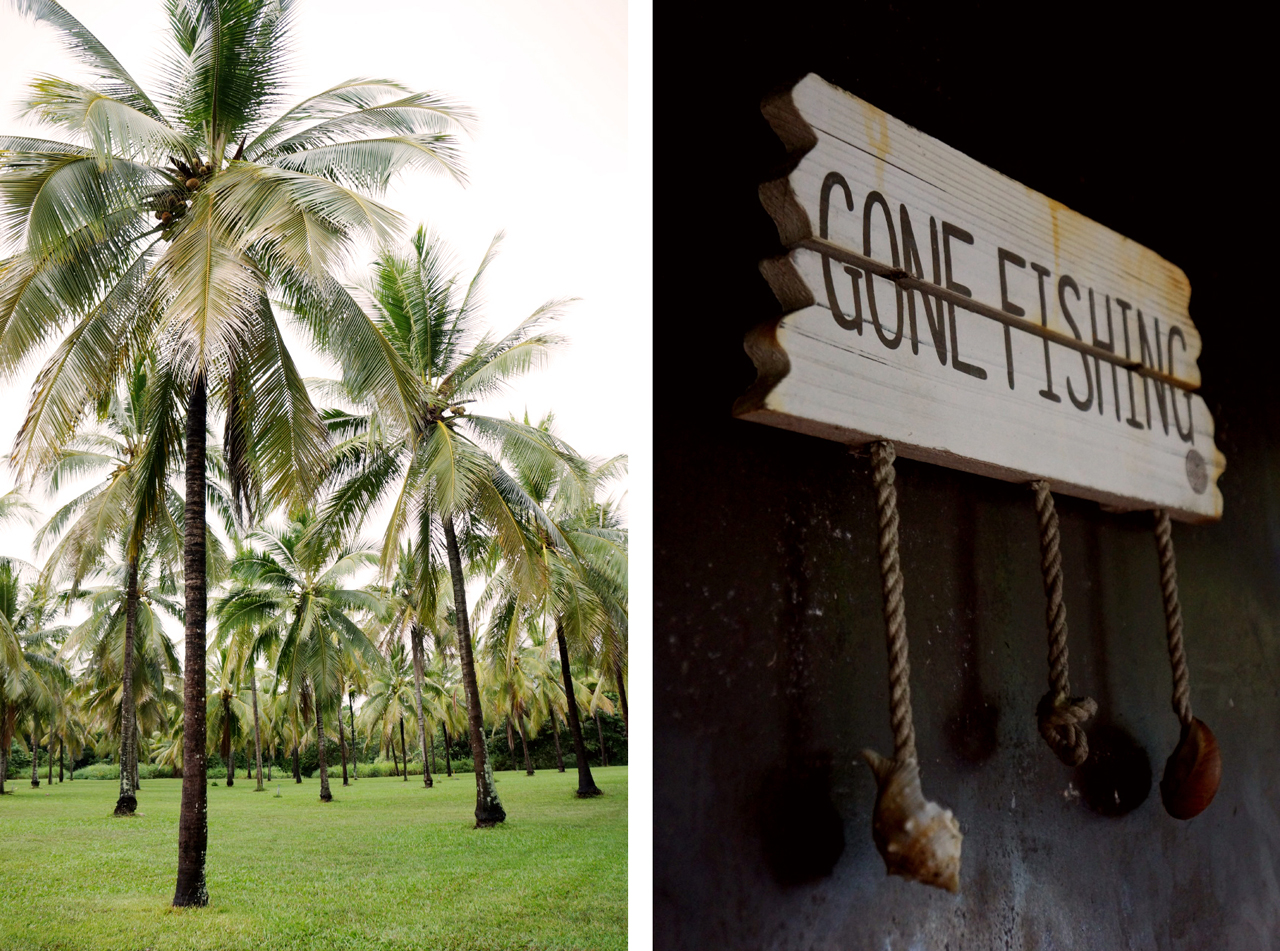
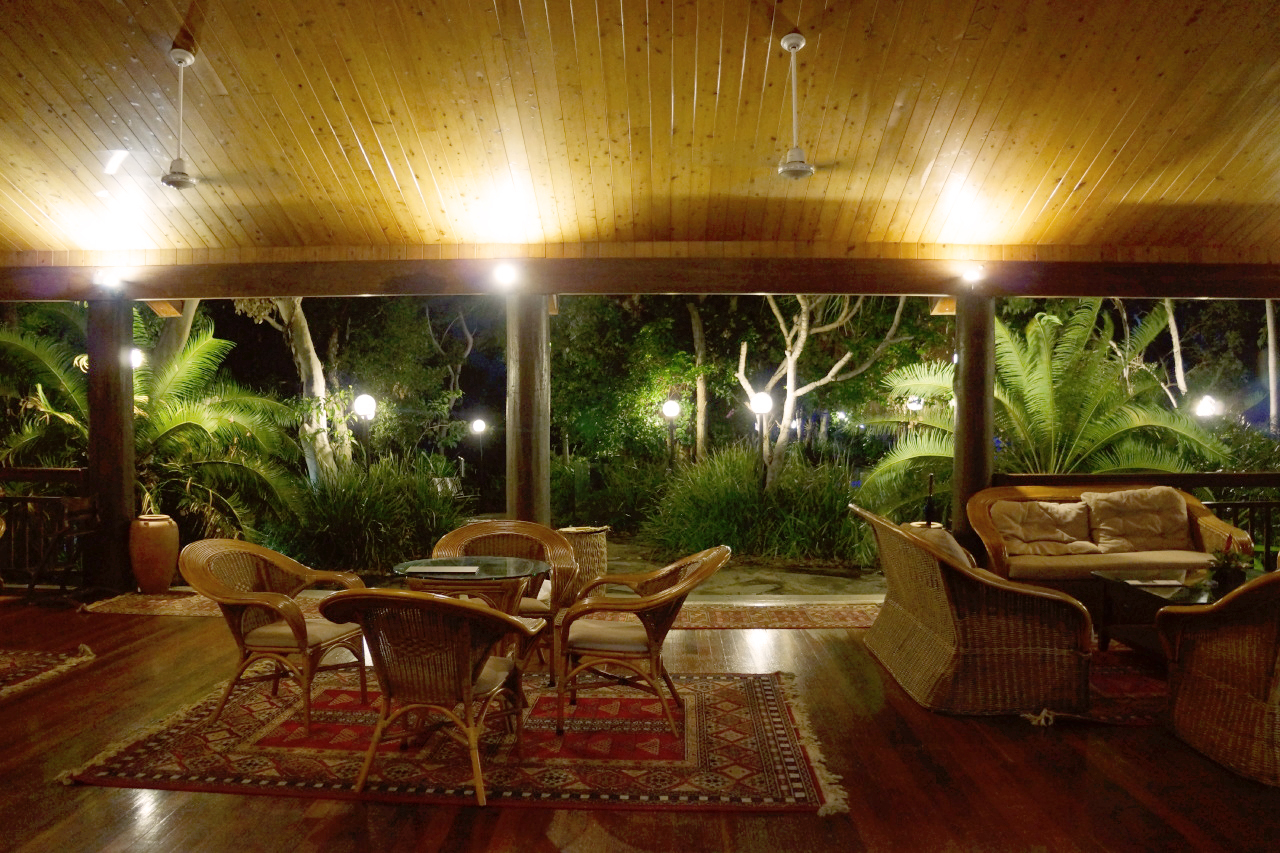
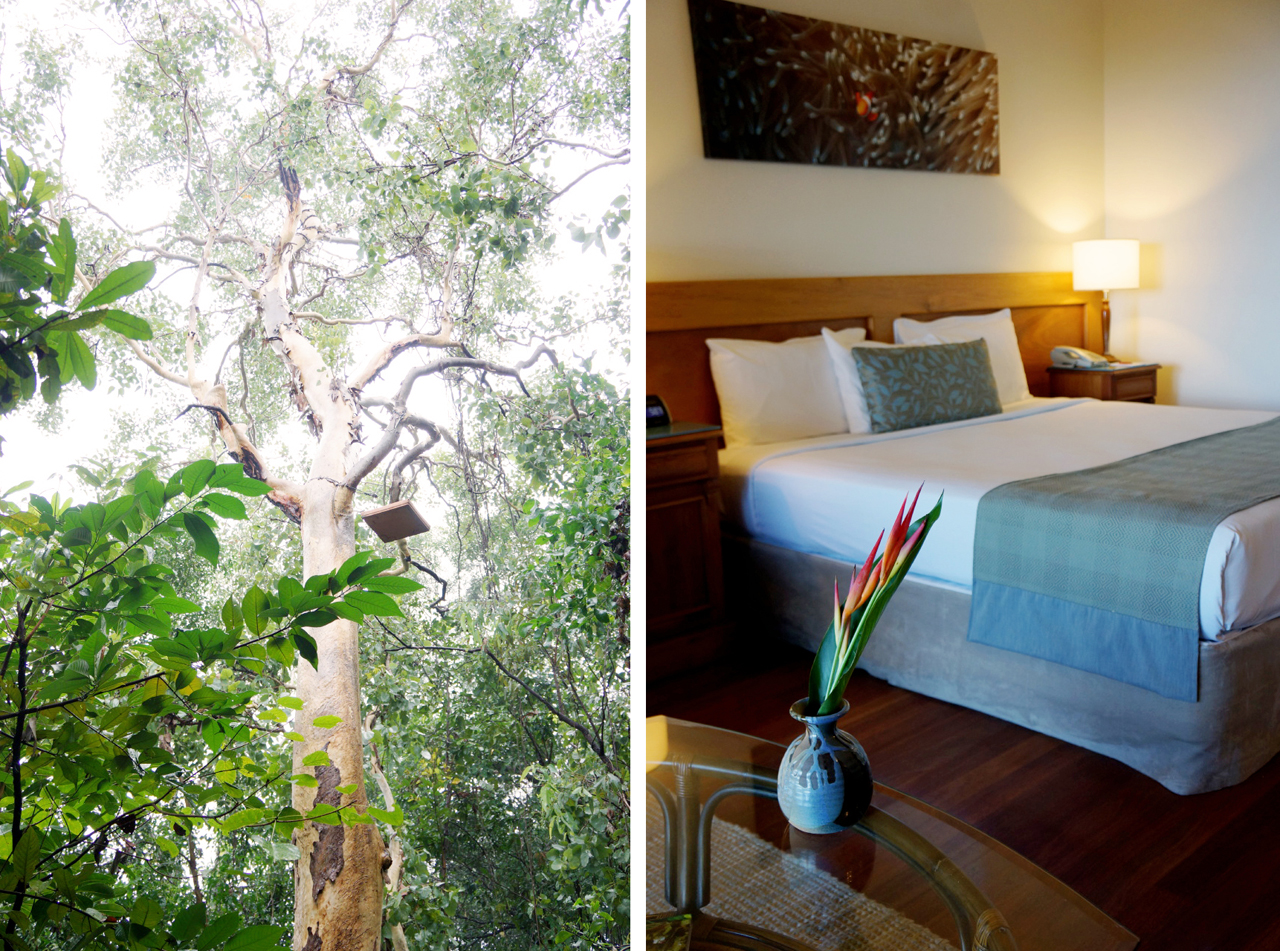
Thala Beach Nature Reserve is on Captain Cook Highway, Oak Beach, Port Douglas.
—————————

